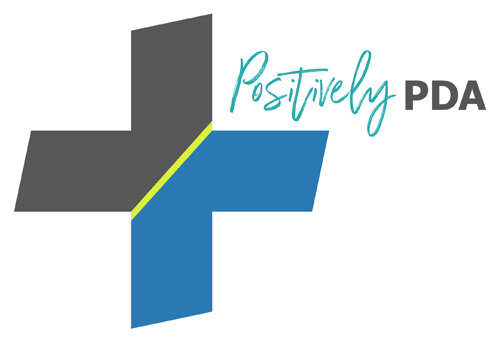TMJ Treatment In Lexington
If you’re having jaw pain in Lexington and you’re not sure what to do, the team at Palmetto Dental Associates is here to help. TMJ disorder is one of the most common causes of jaw pain, and Dr. Thomas and Dr. Shull are experts in treating TMJ problems. Contact us now to schedule an appointment and get the care you need.
What Is TMJ Disorder?
TMJ is short for “Temporomandibular Joint” Disorder, and is sometimes also called TMD. This is a condition that affects the temporomandibular joints of your jaws. These small, delicate joints are located just below your ears, and are responsible for connecting your jaws to your skull. If they're not functioning properly, then you may have TMJ disorder. Problems with these joints could cause pain, interfere with proper oral range of motion, and cause lots of other common symptoms.
What Are The Common Symptoms Of TMJ Disorder?
Jaw pain is a very common sign of TMJ Disorder. If your jaw joints and or jaw muscles hurt, ache, and feel sore, you may have TMD. It can also cause or contribute to headaches and migraines, and you may feel pain radiating from your ears to the rest of your face.
In some cases, TMJ may also cause problems with your oral range of motion. You may have trouble opening your mouth widely. You may even experience your jaw “locking” in place for several minutes at a time. Some patients also experience “clicking” and “popping” sounds when they move their jaws. Every patient is different, but if you’re noticing any of the issues listed above, you may need an appointment with Dr. Thomas or Dr. Shull to check for TMD.
Our TMJ Treatment Options – Mouthguard And Botox
We offer two primary treatment options for TMJ treatment at Palmetto Dental Associates. Let’s start with mouthguards. Mouthguards, also known as bite splints or occlusal guards, for TMJ are specially designed by Dr. Thomas or Dr. Shull to change the position of your jaw while you sleep. This relieves stress on the temporomandibular joint, encourages healing, and can help you eliminate TMJ along with lifestyle changes and physical therapy.
Botox is another option. Botox can selectively calm down some of your overly strong jaw muscles and can relieve painful trigger points within the muscles. This is why Botox is used for cosmetics; by binding to your facial muscles, it reduces wrinkles. But when it’s used for TMJ, Botox is injected into some of your facial and jaw muscles. This stops them from moving as much, and helps relieve stress and strain on your jaw.
What Causes TMJ Disorder?
Many different things can cause or contribute to the development of TMJ Disorder. For example, getting hit in the jaw, excessive gum chewing can strain the joints and cause TMJ problems, as can teeth grinding (bruxism).
Problems like a bad bite can contribute to the problem, so orthodontics (braces) may actually be able to help with TMD in some cases. Direct trauma to your temporomandibular joint can also cause TMD. For example, if you are hit on the side of the face, this could damage the joint and cause TMJ problems.
In some cases, TMD can also be caused by other health problems like some types of osteoarthritis and other inflammatory conditions. Because there are so many potential causes and factors that can contribute to TMJ problems, it’s important to see an expert, such as Dr. Thomas or Dr. Shull, who can get to the bottom of your condition, and recommend the changes that will get you the relief you need.

